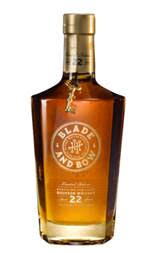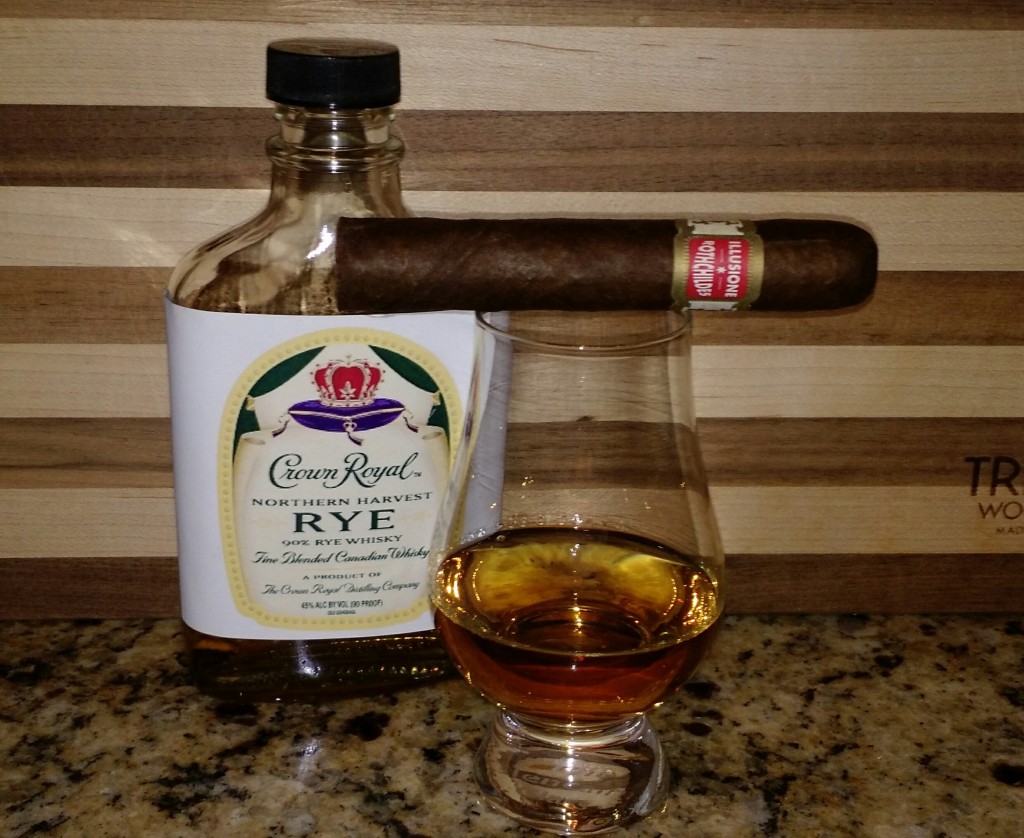Cigar Spirits: Blade and Bow Bourbon and Blade and Bow 22-Year-Old Bourbon
10 Dec 2015

Blade and Bow is a new bourbon brand launched earlier this year that uses extensively-aged bourbon, which is in increasingly short supply. Two offerings, Blade and Bow Kentucky Straight Bourbon Whiskey and Blade and Bow 22-Year-Old Limited Release Kentucky Straight Bourbon Whiskey, were introduced this year.
Both feature whiskey aged at the famed Stitzel-Weller Distillery, which stopped distilling activities in 1992 but has been used to age bourbon. The standard Blade and Bow (without an age-statement) even uses a small amount of original Stitzel-Weller bourbon as part of its solera aging system in combination with other whiskies.
Despite its age, the limited release Blade and Bow 22-Year-Old bourbon doesn’t use Stitzel Weller bourbon. Instead, it is a combination of bourbons distilled at what is now the Buffalo Trace Distillery (then called George T. Stagg) and the New Bernheim Distillery (which is now owned by Heaven Hill, maker of Elijah Craig and Evan Williams).
I recently received samples of each and here are my tasting notes:
 Blade and Bow Kentucky Straight Bourbon ($50)
Blade and Bow Kentucky Straight Bourbon ($50)
Light gold in color with a nose featuring vanilla, apricot, and light oak. On the palate, it shows butterscotch, apple, pear, buttered cornbread, and pine. The finish features cereal grains and wood spice.
The solera aging simultaneously shows off youth and age and reminds me of a spicier, more intense version of the recently-released I.W. Harper (no age statement).
Suggested cigar pairings: Arturo Fuente King T, Las Cumbres Tabaco Señorial, Paul Garmirian Symphony 20th Connoisseur.
Blade and Bow 22-Year-Old Limited Release Kentucky Straight Bourbon ($150)
 Dark copper hue and one of the most fantastic noses I’ve ever encountered, reminiscent of a Pappy Van Winkle 20 Year, with wonderfully intense wood balanced with rich sweetness. The palate doesn’t quite live up to the high standard set by the aromas, but it does show off its age with deep wood, brown spices (clove, nutmeg, and cinnamon), figs, and burnt caramel. The finish is long with wood and more vanilla.
Dark copper hue and one of the most fantastic noses I’ve ever encountered, reminiscent of a Pappy Van Winkle 20 Year, with wonderfully intense wood balanced with rich sweetness. The palate doesn’t quite live up to the high standard set by the aromas, but it does show off its age with deep wood, brown spices (clove, nutmeg, and cinnamon), figs, and burnt caramel. The finish is long with wood and more vanilla.
Such a high price is always hard to justify when there are so many excellent bourbons for far less, but the this limited offering does have all the characteristics that make old bourbon sought-after by many bourbon fans.
Suggested cigar pairings: Sobremesa Cervantes Fino, Bolivar Royal Corona (Cuban), Litto Gomez Diez Small Batch.
–Patrick S
photo credits: Stogie Guys/Blade and Bow







 Patrick Ashby
Co-Founder & Editor in Chief
Patrick Ashby
Co-Founder & Editor in Chief Patrick Semmens
Co-Founder & Publisher
Patrick Semmens
Co-Founder & Publisher George Edmonson
Tampa Bureau Chief
George Edmonson
Tampa Bureau Chief